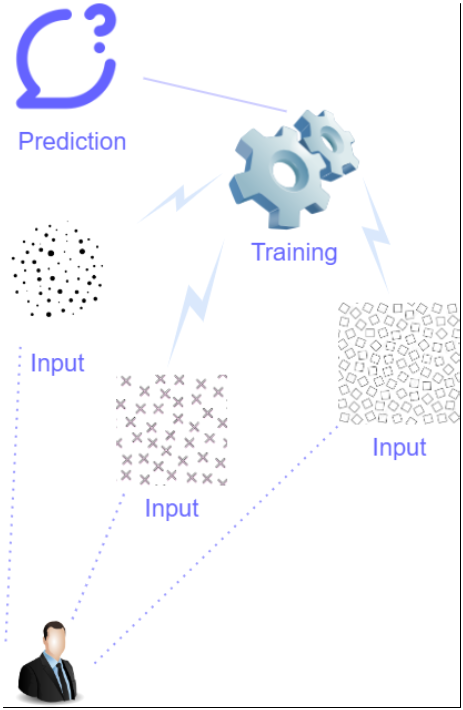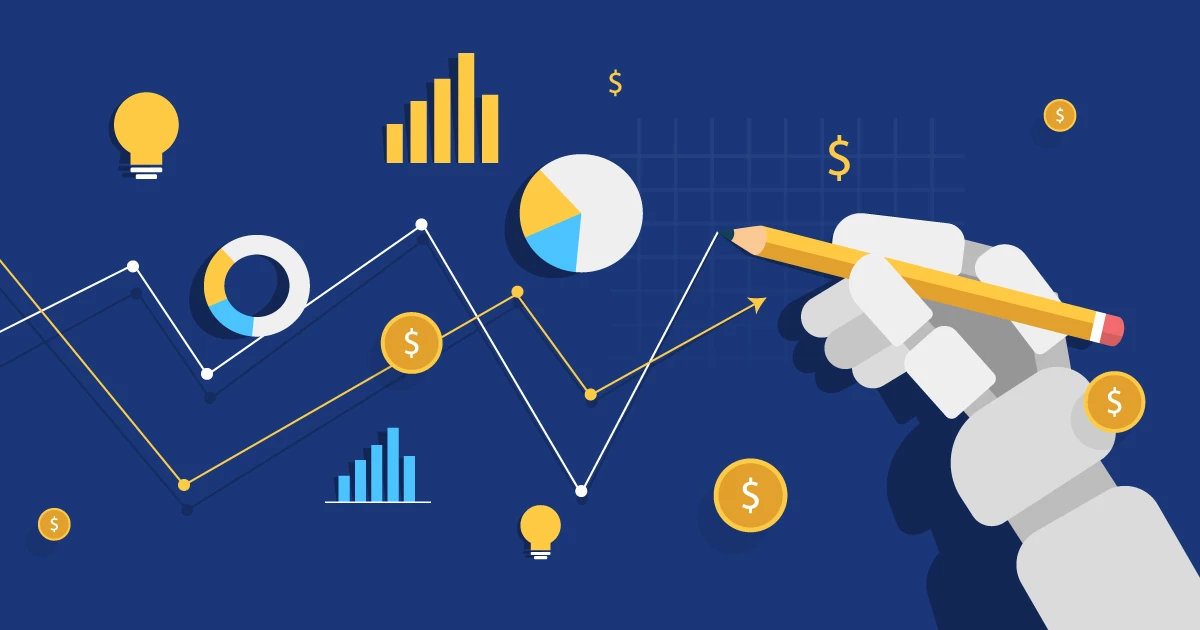What is Predictive Analysis?
Predictive analytics is a complex strategy that predicts future events by using historical data, statistical modeling, data mining, and machine learning. Industries use predictive analytics to detect potential hazards and opportunities by finding trends in data. Companies nowadays are swamped with data, ranging from log files to photos and video, and all of this data is stored in separate data centers throughout the company. Data scientists employ DL and ML algorithms to detect patterns and anticipate future occurrences in order to obtain conclusions from it. Logistic and linear regression models, neural networks, and decision trees are examples of statistical approaches. Some of these modeling strategies build on previous predictive experiences to provide new predicted insights.
How does predictive analytical model work?
The following stages are usually included in the method:
- Data Gathering
- A key stage in constructing a predictive analytics model is to collect relevant data from numerous sources.
- Data Preparation
- After gathering the data, it must be processed and turned into an analysis-ready format.
- Featured Choice
- The most relevant variables or features from the dataset are chosen to be utilized in the model by this feature.
- Model Selection
- Predictive analytics systems tend to take many forms, including regression, decision trees, and neural networks. The right model is chosen based on the context of the problem and the availability of data.
- Model Training
- This stage trained the model on previous data in order to identify patterns and correlations that may be utilized to create recommendations.
- Model Assessment
- After it has been trained, the model is assessed to verify that it is capable of making correct predictions on fresh, previously unknown data.
- Deployment of a Model
- Finally, the system is trained to create predictions and deliver company-specific information based on fresh data.
What is best with a Predictive analytical model?
Predictive analytics models are strong tools that may assist firms in making educated decisions by providing insights into potential future developments. By using historical data and smart techniques, businesses may obtain an edge over their competitors in their field. Predictive analytics technology benefits companies in the financial services, healthcare, and retail industries immensely; predictive analytics solutions are a sort of technology that is valuable to enterprises of all sizes.
Human Experience with Predictive Models
Predictive analysis model training is essentially a joint activity comprising data scientists, domain specialists, business analysts, and IT professionals. It involves a thorough grasp of the problem, the data, and modeling tools. Human experience is essential for creating goals, analyzing outcomes, and ensuring that predictive analytics add value to the organization.
Applications of Predictive analytical model
| Finance | Healthcare | Marketing | Manufacturing | Retail |
| In finance, predictive analytics models are used to estimate stock prices, credit risk, and other financial parameters, which assists banks and financial organizations in identifying possible dangers and chances. | Within healthcare, predictive analytics models are used to forecast illness outcomes, identify high-risk patients, and improve patient treatment, eventually lowering costs. | Predictive analytics in marketing are used to predict consumer categories, anticipate individual behavior, and improve marketing efforts, resulting in increased customer engagement and revenues. | In manufacturing, predictive analytics models are used to predict malfunctions in machinery, improve the production process, and reduce downtime, boost efficiency and reduce costs. | Retailers use predictive analytics systems to estimate the needs of customers, regulate inventory, and improve pricing tactics, ultimately increasing customer happiness and driving sales. |
